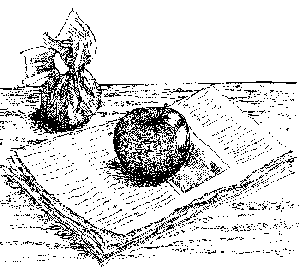Arielle2
Songster
One thread encompassing the breadth of producing food for our table ..... and our poultry.
More and more evidence is supporting organic. Food without pesticides, herbicides, and general-cides. Many are endocrine disruptors, primarily affecting estrogen.
When I look around the market place to purchase food both vegie and meats, the prices drop me to my knees. Yes, there are a few affordable vegies, but not enough varitey to suit my family.
I blame chickens for this push for organic. When I acquired my first rescue hen, little did I know she would start the chicken math, and while learning how to feed these egg-producers, I was learning a better way to health--their health. Later it dawned on me the chickens ate better than my family. So began the quest for a better diet for my family..... and how I arrived at organic.
But orgainic is a process. I woud love to have others chime in and join this journey to better eating. It is not an overnight change over. But one step at a time. Learning together and sharing knowledge, sharing sucesses and sharing failures. Moving toward more and more organic foods on our plate.
The topics would include gardening, growing fruit trees, growing for chickens, grazing ducks, etc. Endless subjects that improve our health. Especially the foods we eat and the feeds we feed our poultry and livestock.
Please chime in and share.
More and more evidence is supporting organic. Food without pesticides, herbicides, and general-cides. Many are endocrine disruptors, primarily affecting estrogen.
When I look around the market place to purchase food both vegie and meats, the prices drop me to my knees. Yes, there are a few affordable vegies, but not enough varitey to suit my family.
I blame chickens for this push for organic. When I acquired my first rescue hen, little did I know she would start the chicken math, and while learning how to feed these egg-producers, I was learning a better way to health--their health. Later it dawned on me the chickens ate better than my family. So began the quest for a better diet for my family..... and how I arrived at organic.
But orgainic is a process. I woud love to have others chime in and join this journey to better eating. It is not an overnight change over. But one step at a time. Learning together and sharing knowledge, sharing sucesses and sharing failures. Moving toward more and more organic foods on our plate.
The topics would include gardening, growing fruit trees, growing for chickens, grazing ducks, etc. Endless subjects that improve our health. Especially the foods we eat and the feeds we feed our poultry and livestock.
Please chime in and share.
Last edited:


